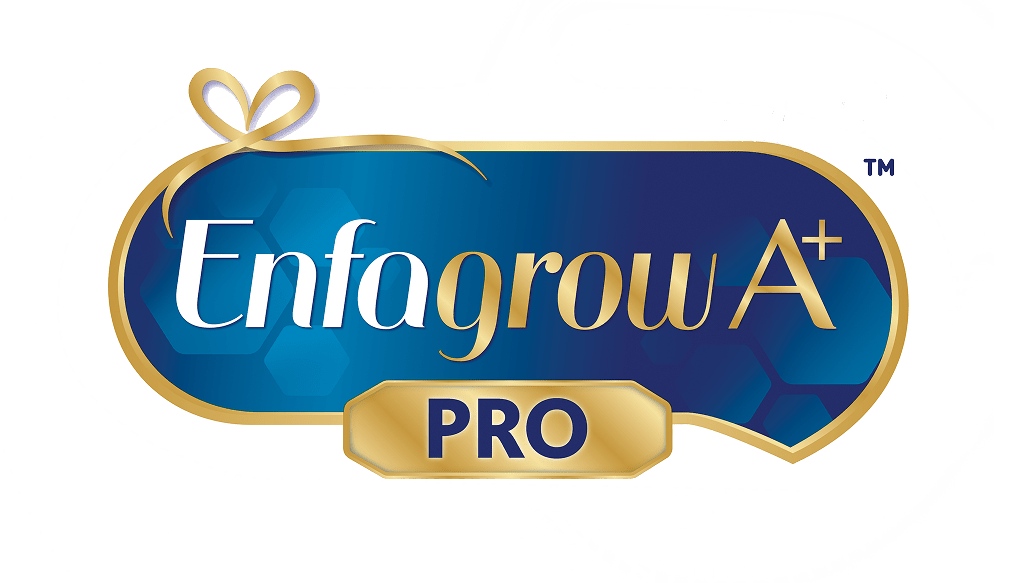

With advances in medical innovation and rapid access to scientific knowledge, today’s mums are more aware about child nutrition and focusing on providing the best for the little ones.
Many studies show the relationship between milk and child brain development. In particular, MFGM, a key nutrient in milk, plays an important role in child nutrition. We often hear that most children who consume nutrient-packed milk are smart and develop well. Why’s that? Let's reveal the answer to this secret together.
The Discovery of MFGM: Important Child Nutrition in Milk
Milk contains essential nutrients for healthy development, which includes protein and fat that help build muscle for body growth. There are also more than 200 species of biological compounds. Milk contains calcium and phosphorus which are crucial in the development and maintenance of strong, healthy bones and teeth. Other nutrients in milk include vitamin B12, riboflavin (vitamin B2), and niacin (vitamin B3) which help the conversion of food to energy1.
MFGM in milk has been shown to help in the development of the nervous system and brain, intellectual intelligence (IQ), and emotional intelligence (EQ). It also reduces the risk of infection, and helps your child recover quickly in the event of illness. MFGM does this by strengthening the immune system.
You may be wondering what MFGM is, and how different it is from other nutrients. Simply put, MFGM is the membrane of the fat particles found in milk. Composed of more than 150 lipids and bioactive proteins2, MFGM works to support the brain, immune system and gut, as well as set the foundation of brain and gut communication3.
Good nutrition plays a vital role in the development of a child’s brain, including nutrients like MFGM4. Appropriate stimulation additionally supports IQ and EQ development.
MFGM and Immunity
A number of recent studies show how MFGM plays an important role in the immune system. They indicate that MFGM, aside from supporting IQ and EQ, also helps enhance immunity5.
A study on a group of population found that those who received formula with MFGM had shorter periods of fever or illness and used less antibiotics than those who did not receive MFGM-enriched formula6.
The result of these various studies has shown that MFGM plays a direct role in the development of immunity.
By now, mothers may have more questions: When should you start supporting your child’s brain development? Why is the medical profession focused on the role of child nutrition in brain development?
Child Nutrition Promotes Development "Beyond Genetics"
The medical community has long studied how genetics — or a child’s nature — affects child development. But recently, researchers have turned their focus towards “epigenetics”7, or that which is “beyond genetics”, which describes how the environment affects child development. This environment includes parenting and nutrition — or how a child is nurtured. Increasingly, the medical community is learning that the way parents care for their child and provide nutrition makes a difference.
Child development which differs from their parents can also be explained by epigenetic factors. This can occur from parenting and obtaining adequate child nutrition. For example, while we expect a child to have the same height as their parents when they grow up because of genetics, children may grow up to be taller than both of their parents because of better nutritional standards.
When it comes to nutrition, children need the right amounts of:
-
Macronutrients such as proteins, carbohydrates and fats are what the body requires in large amounts to provide energy to the body and brain8.
-
Micronutrients, such as vitamins and minerals, are required in small quantities8.
-
Bioactive compounds are substances that are obtained from food to make the body function more efficiently. For example, MFGM, which supports faster neurotransmitter connections.
Child Nutrition in the First 3 Years: A Golden Opportunity for Brain Development
A newborn baby generally has over 100 billion brain cells. From birth, a baby’s brain quadruples in size and reaches 90% of its adult volume by the preschool years9. During this period of rapid brain development, receiving key nutrients in milk — such as MFGM, DHA, and ARA — is essential to the basic structure of the brain as well as the retina. And it’s also important to the brain cell connections of children, helping promote brain development which allows children to learn various skills as they grow up.
MFGM plays an important role in enhancing brain function, neuron connections, and the creation of brain cells and neurotransmitters10. MFGM also improves the efficiency of nerve signal transmission, allowing for faster connections between brain cells. This is the key foundation in many aspects of development, including intelligence.
Parents are dedicated to their child from the moment they realise they are pregnant to birth and beyond. There’s no doubt they would wish that their child grows up physically healthy, learns quickly, and adapts well in a rapidly changing world to achieve happiness and success in life.
This is all possible through the right child nutrition together with loving, understanding parenting.
Learn more about nutrition and parenting with exclusive content from experts. Join the Enfamama A+ Club today!
REFERENCES:
- 5 Benefits of Drinking Milk,
https://www.healthhub.sg/pve-healthy/1495/dear-dairy, Accessed Aug 24, 2021 - Dewettinck K et al. Int Dairy J . 2008; 18:436-57.
- Lee H et al. Front Pediatr . 2018;6:313.
- Gurnida DA et al. Early Hum Dec. 2014;88:595-601.
- Timby N et al. Pediatr Gastroenterol Nutr. 2015; 60: 384-389
- Veereman-Wauters G, Staelens S, Rombaut R, et al. Milk fat globule membrane (INPULSE) enriched formula milk decreases febrile episodes and may improve behavioral regulation in young children. Nutrition. 2012; 28: 749-752.
- Epigenetics and Child Development: How Children’s Experiences Affect Their
Genes,
https://developingchild.harvard.edu/resources/what-is-epigenetics-and-how-does-it-relate-to-child-development/, Accessed Aug. 4, 2021 - What’s the Difference Between Micronutrients and Macronutrients?,
https://www.healthpne.com/health/food-nutrition/micros-vs-macros#micros-vs-macros, Accessed Aug. 4, 2021 - Timothy T. Brown and Terry L. Jernigan, Brain development during the preschool
years,
https://www.ncbi.nlm.nih.gov/pmc/articles/PMC3511633/, Accessed Aug. 3, 2021 - Jana A et al. Neuromolecular Med 2010, 12:351-361.




